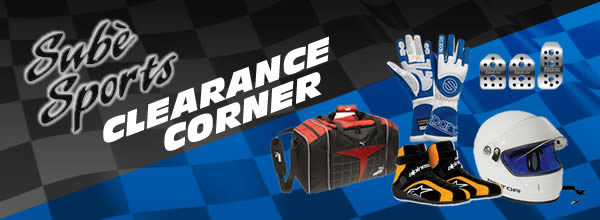Karting Shoes for Precision Control and Comfort
Karting shoes matter because control starts at your feet.
They connect skill to pedals while adding safety and endurance.
Benefits
- Sharper pedal feel for cleaner throttle and brake inputs.
- Lighter weight to reduce fatigue over long heats.
- Supportive ankles that resist twists during curb strikes.
- Heat management for comfort in summer events.
- Durable soles that grip pits, grids, and slick surfaces.
- Consistent fit that improves confidence under pressure.
Key Features to Look For
- Thin, high-grip rubber for tactile pedal feedback.
- Asymmetric lacing or straps to lock the midfoot.
- Reinforced toe and heel for abrasion resistance.
- Breathable suede, microfiber, or mesh for airflow.
- Light cushioning that protects without dulling feel.
- Ankle collars that support yet allow rotation.
History and Evolution
Early drivers used sneakers with little grip or protection.
Racing footwear evolved as karts gained speed and grip.
Brands borrowed car-racing tech and adapted it for karting.
Today’s karting shoes balance feel, safety, and long-wear comfort.
Modern Materials and Technology
Microfiber and split suede resist wear while staying breathable.
Engineered rubbers provide dry and wet traction on pedals.
Ergonomic lasts shape to the foot for natural movement.
Heat-dissipating liners and perforations manage moisture and temperature.
Some kart shoes share DNA with FIA-rated race boots for durability.
Accessories, Rules, and Compliance
Pair shoes with high-quality socks to improve comfort and hygiene.
Thin, fire-resistant socks add a safety layer and reduce hotspots.
Rules vary by club and series, so read your rulebook closely.
Karting events often specify enclosed, over-the-ankle footwear.
FIA 8856-2018 approvals apply mainly to car racing boots.
Some shoes carry approvals for crossover use; verify before scrutineering.
Common Mistakes to Avoid
- Racing in sneakers instead of dedicated karting shoes.
- Buying shoes too loose, which dulls pedal feel.
- Choosing thick soles that mask throttle precision.
- Ignoring breathability for hot regional events.
- Skipping rule checks on footwear requirements.
- Storing damp gear, which shortens material life.
Lifespan and Care
- Air-dry after each session; avoid heaters that harden rubber.
- Brush debris from soles to maintain grip and consistency.
- Spot-clean uppers with mild soap; skip the washing machine.
- Rotate pairs if you race often to extend service life.
- Replace insoles when cushioning flattens or odors persist.
- Retire shoes once the sole loses bite on pedals.
Who Needs This Gear
New drivers gain confidence from stable, predictable footing.
Club racers need durable traction for sprints and enduros.
Coaches and mechanics benefit from grip in wet pit lanes.
Anyone chasing consistency will notice better pedal precision.
FAQs
Do I need karting shoes for rental or practice days?
Yes. They improve grip, pedal feel, and ankle support even in casual sessions.
Are kart shoes fireproof?
Most are not fully fireproof. Some carry FIA 8856-2018 certification; always check product details.
How should karting shoes fit?
They should feel snug but not restrictive. A secure fit improves control and prevents slipping.
How long do karting shoes last?
With proper care, expect one to two racing seasons, depending on track time and conditions.
Shop Karting Shoes
Explore Puma, Alpinestars, Sparco, and OMP options in stock.
Shop Karting Shoes at Sube Sports for proven control and comfort.









